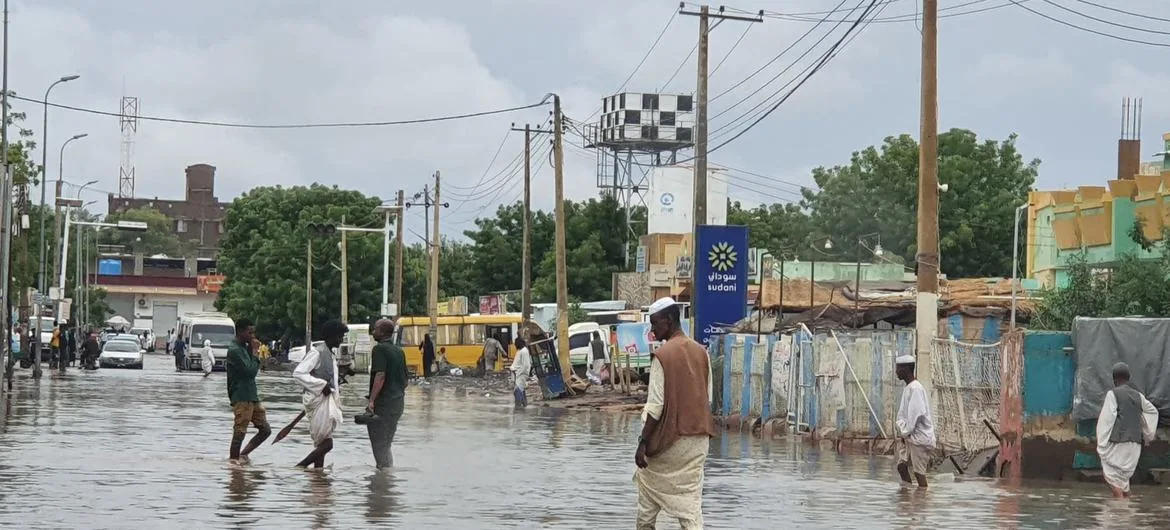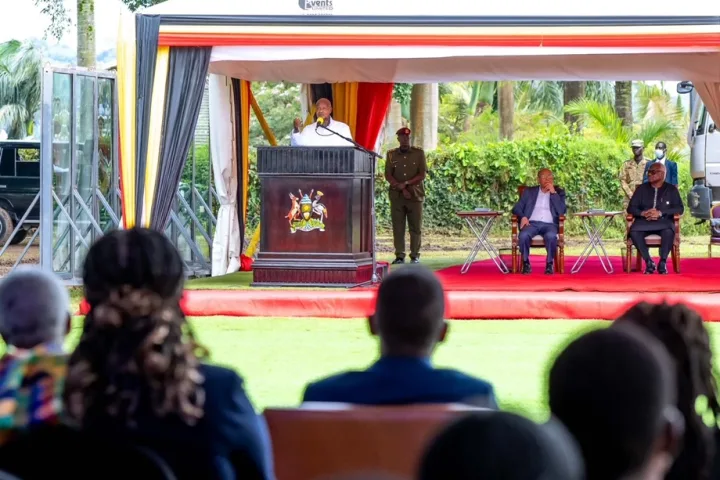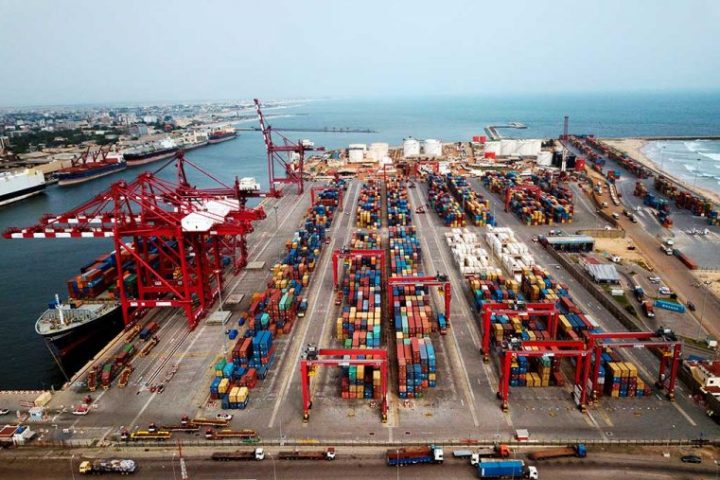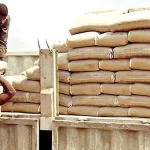As the conflict in Sudan continues to rage, torrential rains have compounded the suffering of its citizens, leading to devastating floods in the northern part of the country and Red Sea State.
Record rainfall has left tens of thousands homeless, adding to the already dire situation the country has been experiencing since April 2023, when war broke out between factions of the Sudanese army.
Join our WhatsApp ChannelThe North African country, already teetering on the brink of a health disaster and famine, now faces the additional burden of severe flooding. ReliefWeb reported that nearly 143 thousand people in 12 of Sudan’s 18 states have been affected by the floods and 50 people killed. The United Nations Office for the Coordination of Humanitarian Affairs (OCHA) reported that at least 27 thousand people have been displaced. According to reports from the Sudan Tribune, the situation is particularly dire in Abu Hamad, a city in Northern Sudan where an estimated 65,000 people have been affected by the floods. Entire properties have been swept away, leaving many without shelter.
“The war drove us out of Khartoum, and now the flood has driven us out of the house that sheltered us in Abu Hamad,” lamented Mohassen Khadr, a 60-year-old woman displaced from Omdurman, who lost her home in the floods.
READ ALSO: RSF Leader Welcomes US-Mediated Talks For Cease-Fire In Sudan’s Raging Conflict
Residents in the states of River Nile and Northern Sudan, accustomed to heavy rainfall, were unprepared for the unprecedented deluge that recently ravaged the region. The city of Abu Hamad, located about 540 kilometers north of the Sudanese capital, Khartoum, and the surrounding islands experienced an intense rainfall event on the night of August 5th. This led to the collapse of the region’s old market and the destruction of a nearby village, resulting in the deaths of at least three people, with many more missing.
Youssif Habib, the Director of Social Welfare in Abu Hamad locality, reported that the rainfall had claimed the lives of over 35 individuals. Despite the government’s assurances of being “on top of the situation,” the reality on the ground remains bleak with thousands complaining of starvation and lack of tent for shelter.
In Red Sea State, the situation is equally devastating. The BBC reported that at least 60 people have been killed after the Arbat dam burst due to heavy rainfall. The dam, with a capacity of 25 million cubic meters, was the primary source of drinking water for the coastal city of Port Sudan, where the military government is based. “Everything was swept away,” said a local resident, describing the widespread destruction.
The heavy rainfall has also caused significant damage to a major fiber-optic cable in Sudan, resulting in a communication outage across many parts of the country for the second consecutive day, according to the privately owned Radio Dabanga website. Local news outlets reported that the torrential rainfall in Red Sea State led to the destruction of many houses, trapping numerous individuals.
The extent of damage and number of people affected is likely being underreported as some of the worst flooding is in hard-to-reach conflict hotspots: Khartoum, Gezira, Kordofan and Darfur.
Abdul-Fattah al-Burhan, head of the Sudanese army, visited the flood-affected regions, promising support to the devastated communities. In a Facebook post, the army called on all “federal and state agencies to utilize all possibilities to help citizens in these regions and provide support and assistance to them.”
READ ALSO: Libya Floods: UN Appeals For $71 Million Aid As Death Toll Rises To 11,000
As Sudan grapples with the dual crises of conflict and natural disaster, the suffering of its citizens continues to mount, with no immediate relief in sight.


















Follow Us